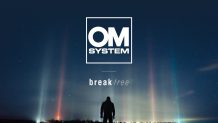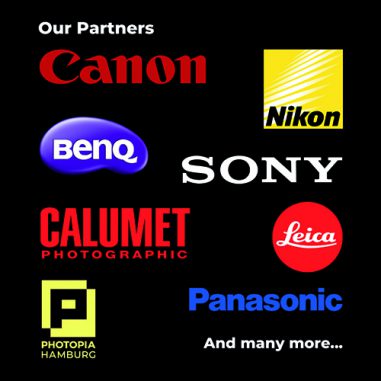“This structure will afford the consumer digital portfolio the ability to manage its unique supply chain needs and retail partners in a manner consistent with what digital businesses require”, said Antonio Perez, President/CEO of Eastman Kodak Company. “The change also will allow Kodak to streamline its management structure.”
Bernard Masson, who currently runs Kodak’s Consumer business as President of its Digital & Film Imaging Systems division, has decided to retire on January 1, 2006. In his current position, Masson, 57, who is one of the key architects of Kodak’s new structure, reports to Perez. Under the new structure, Philip J. Faraci, 50, will become President Consumer Digital Imaging Group, responsible for digital capture, kiosks, home printing systems, business development, inkjet systems, digital imaging services and imaging sensors. Faraci joined Kodak late last year after careers at Phogenix Imaging and Hewlett-Packard. Mary Jane Hellyar, 52, will become President Film Imaging Systems Group, responsible for consumer and professional film, photographic paper and photofinishing, aerial and industrial film and entertainment imaging products and services. Hellyar will continue to manage the company’s development of display technologies. Both Faraci and Hellyar will report directly to Perez.
Antonio Perez told the investors that the restructuring of the company’s traditional business is proceeding at the fastest possible rates. During the last two years, the company has closed manufacturing facilities in Australia, Canada, England, Brazil and the paper mill in Rochester and has reduced capacity at the plants in Chalons, France, Harrow, England, Kodak Park Rochester and the manufacturing site in Colorado. According to Perez, the restructuring of the traditional business will be completed by the beginning of 2008. For 2008, Perez expects a gross profit rate of 30 percent both in the digital and traditional portfolio, with digital earnings from operations reaching a ten-percent margin compared with a twelve-percent margin at traditional earnings.
Perez pointed out that Kodak’s total digital revenue growth in 2005 is expected to exceed the original full-year forecast, exceeding the expected growth rate of 36 percent. “This year will mark the first in the company’s history, in which digital revenue will exceed traditional revenue," Perez said. While digital earnings from operations this year are expected to increase by more than 300 percent, the growth is projected to be somewhat behind the ambitious target of US-$ 275 million to US-$ 325 million the company set for 2005, reflecting lower than expected earnings growth in the Health Group and the possibility of slower US-economic growth for the balance of the year.





